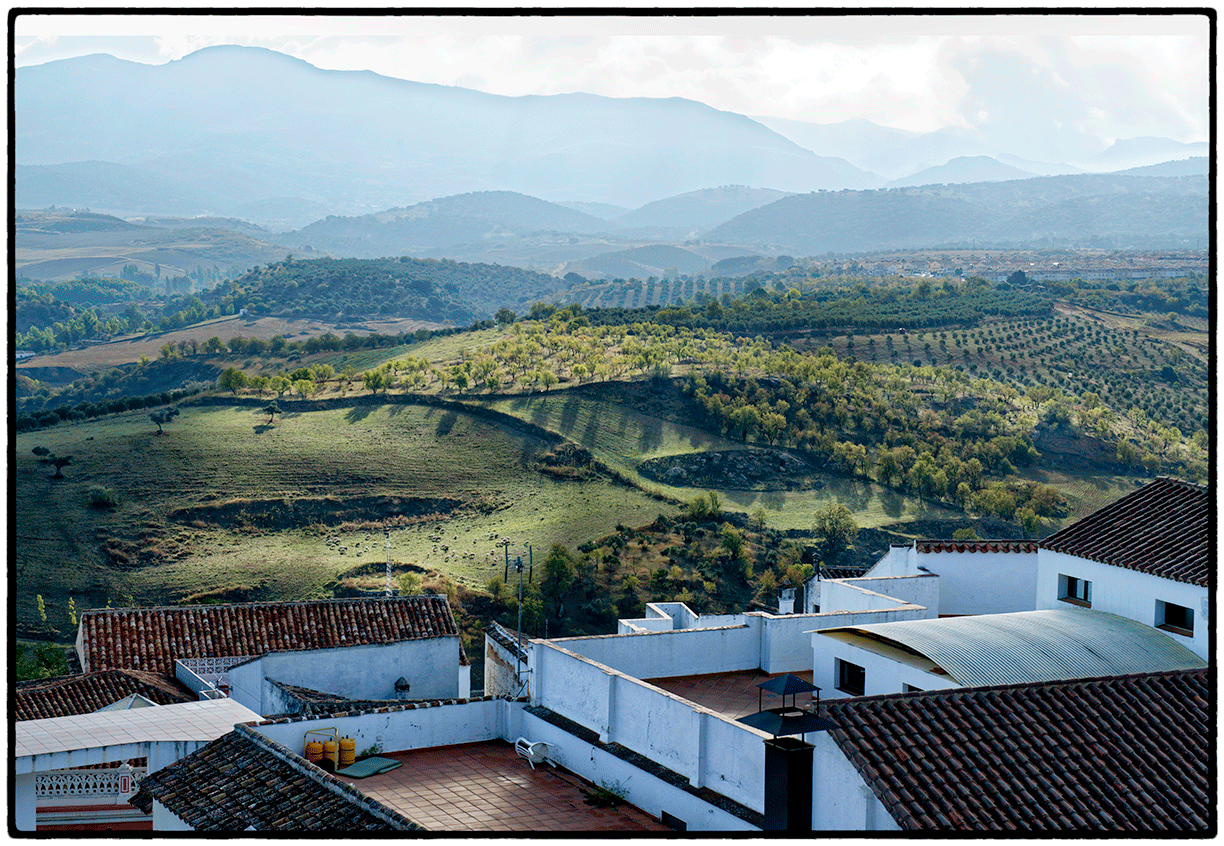
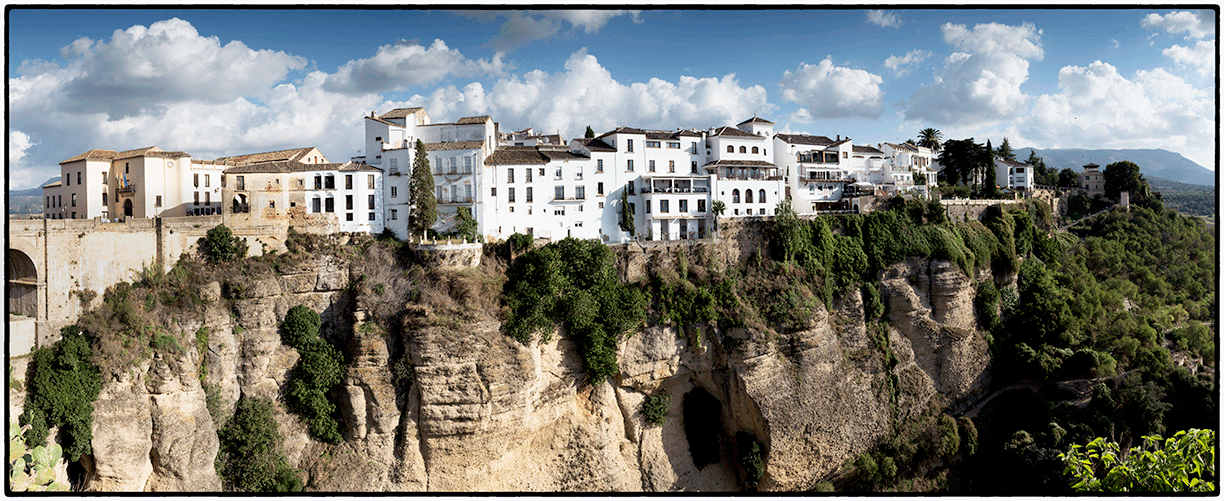
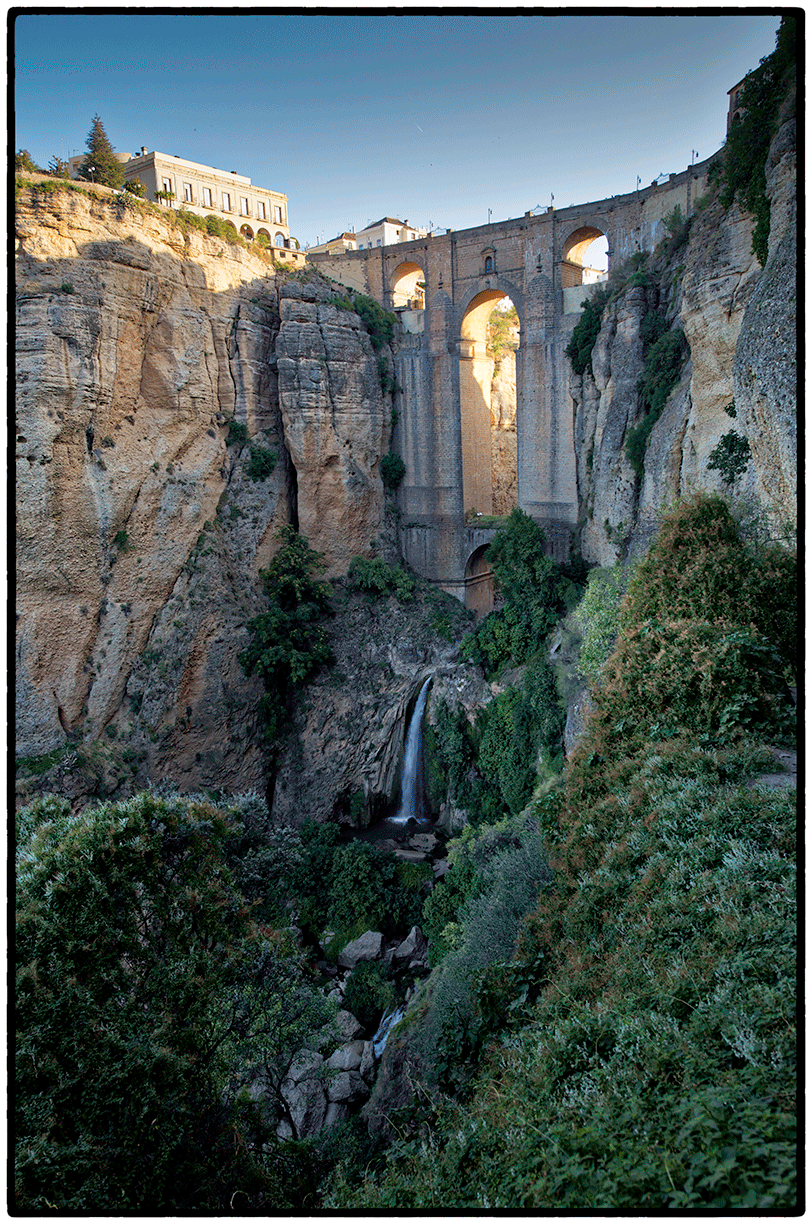
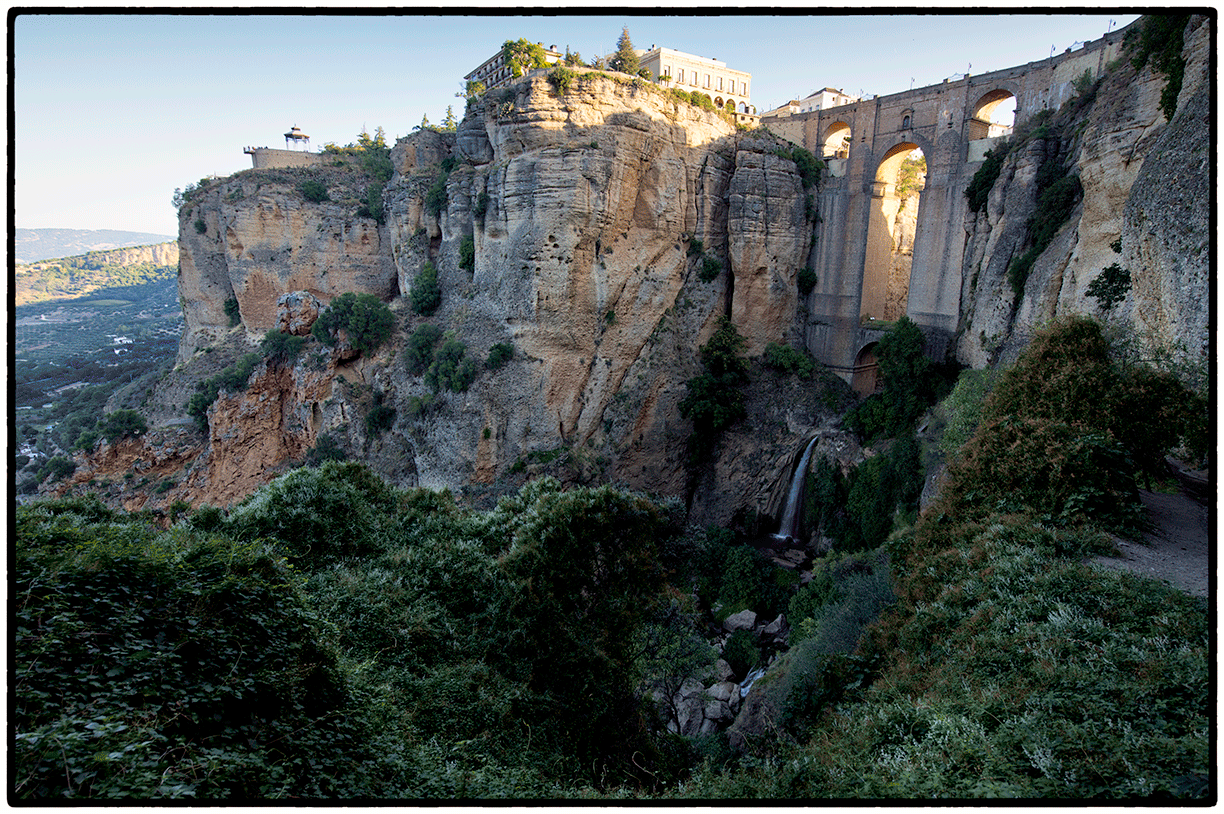
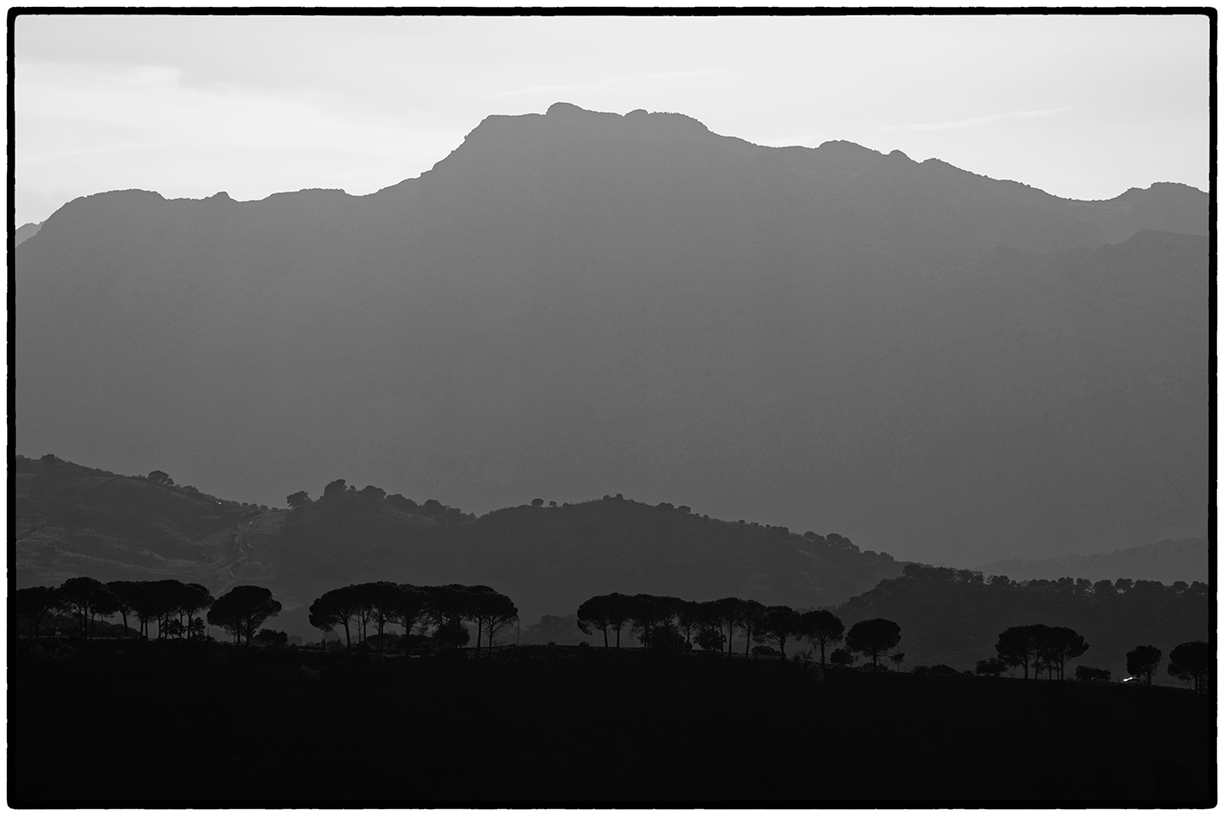
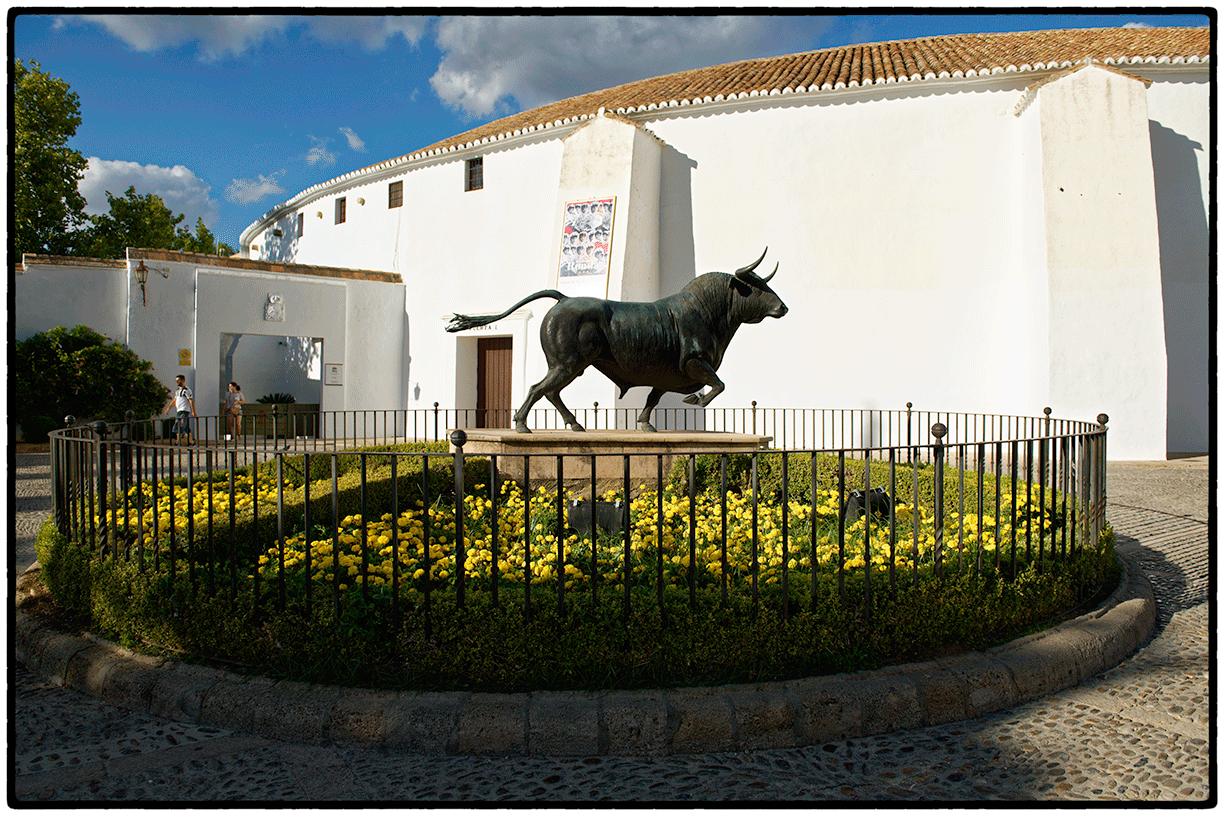

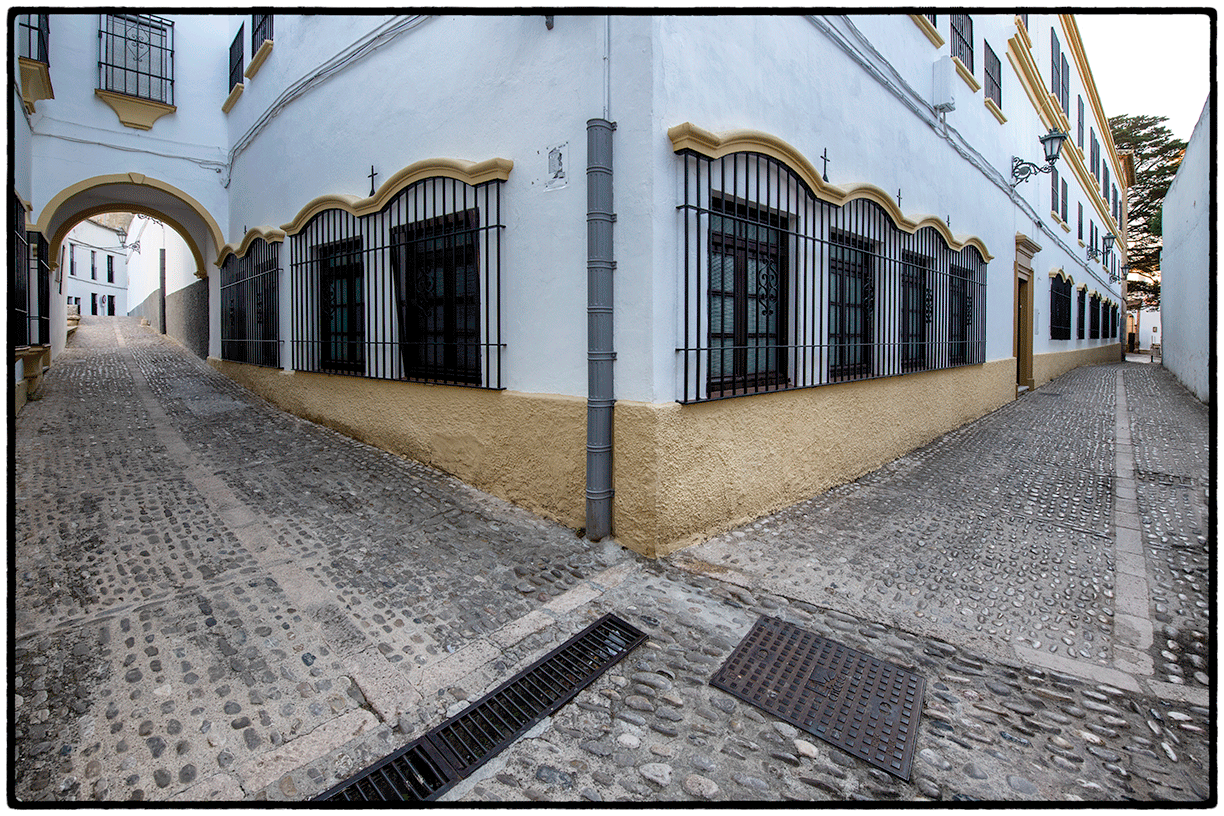
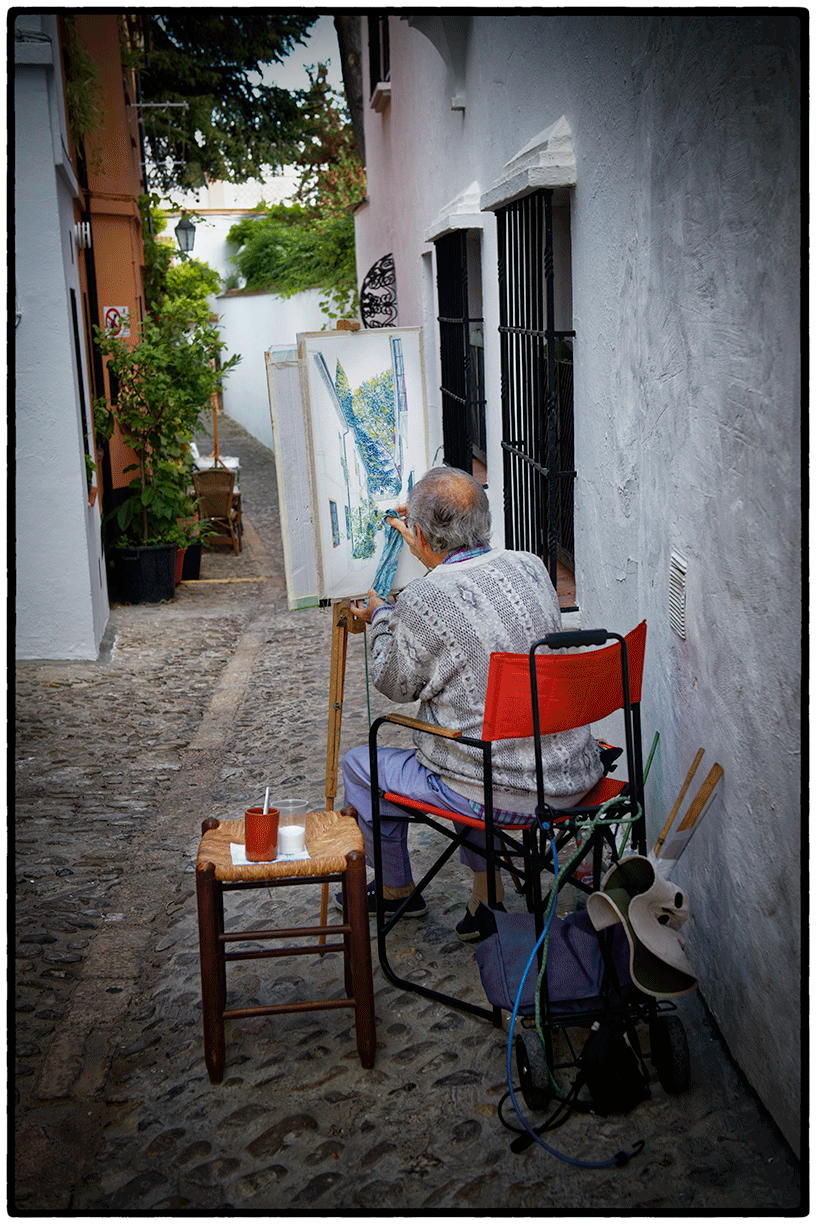

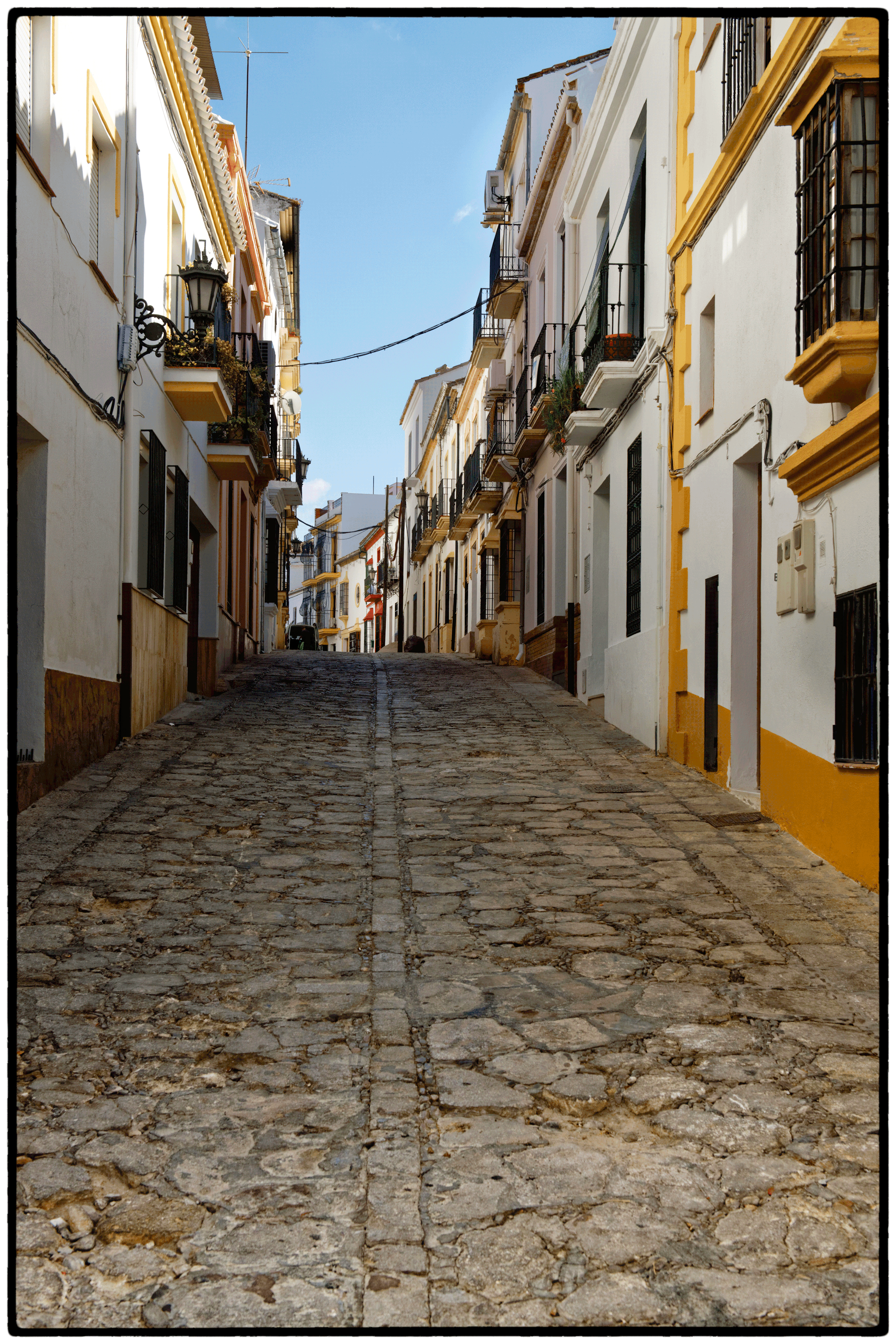
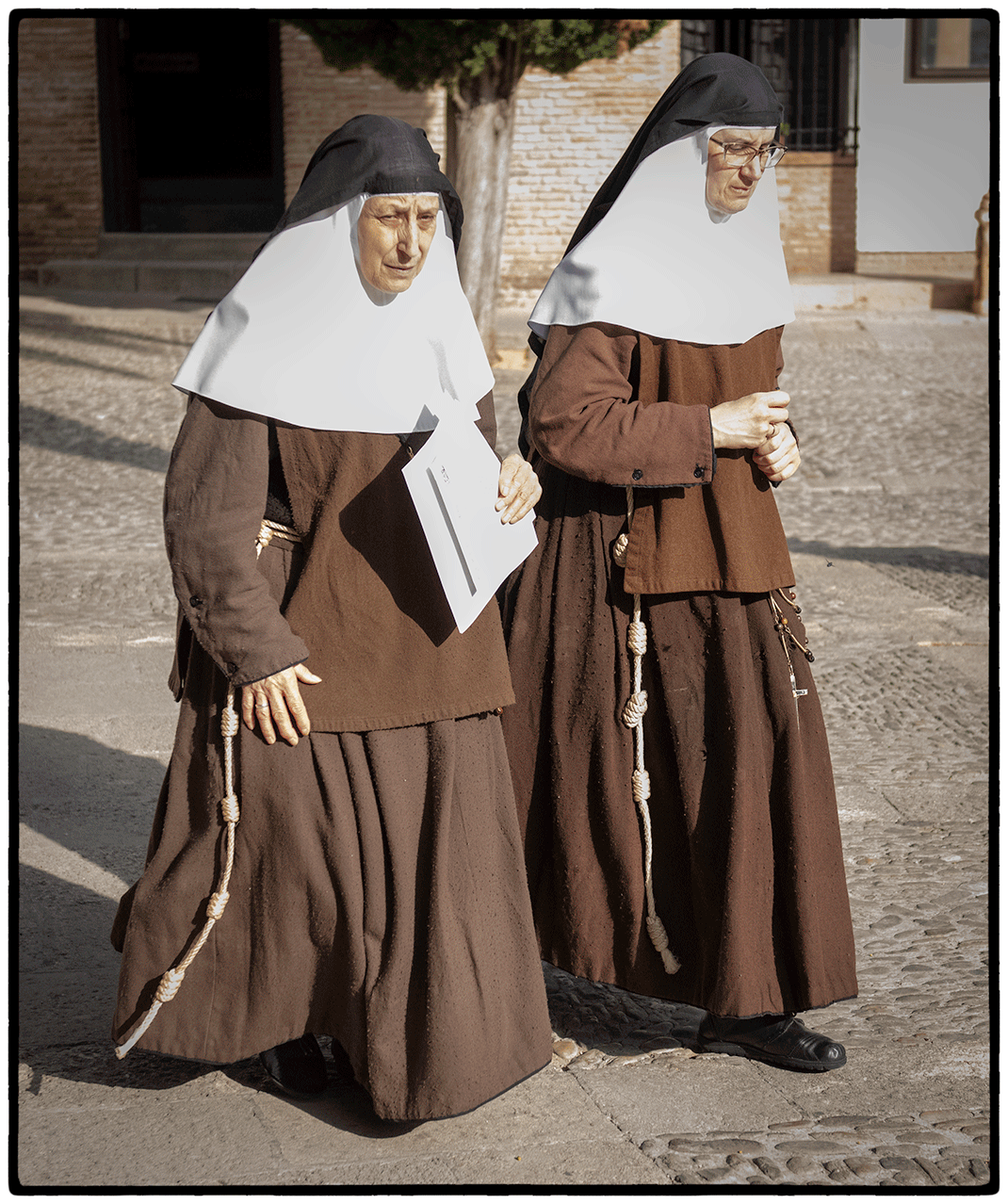
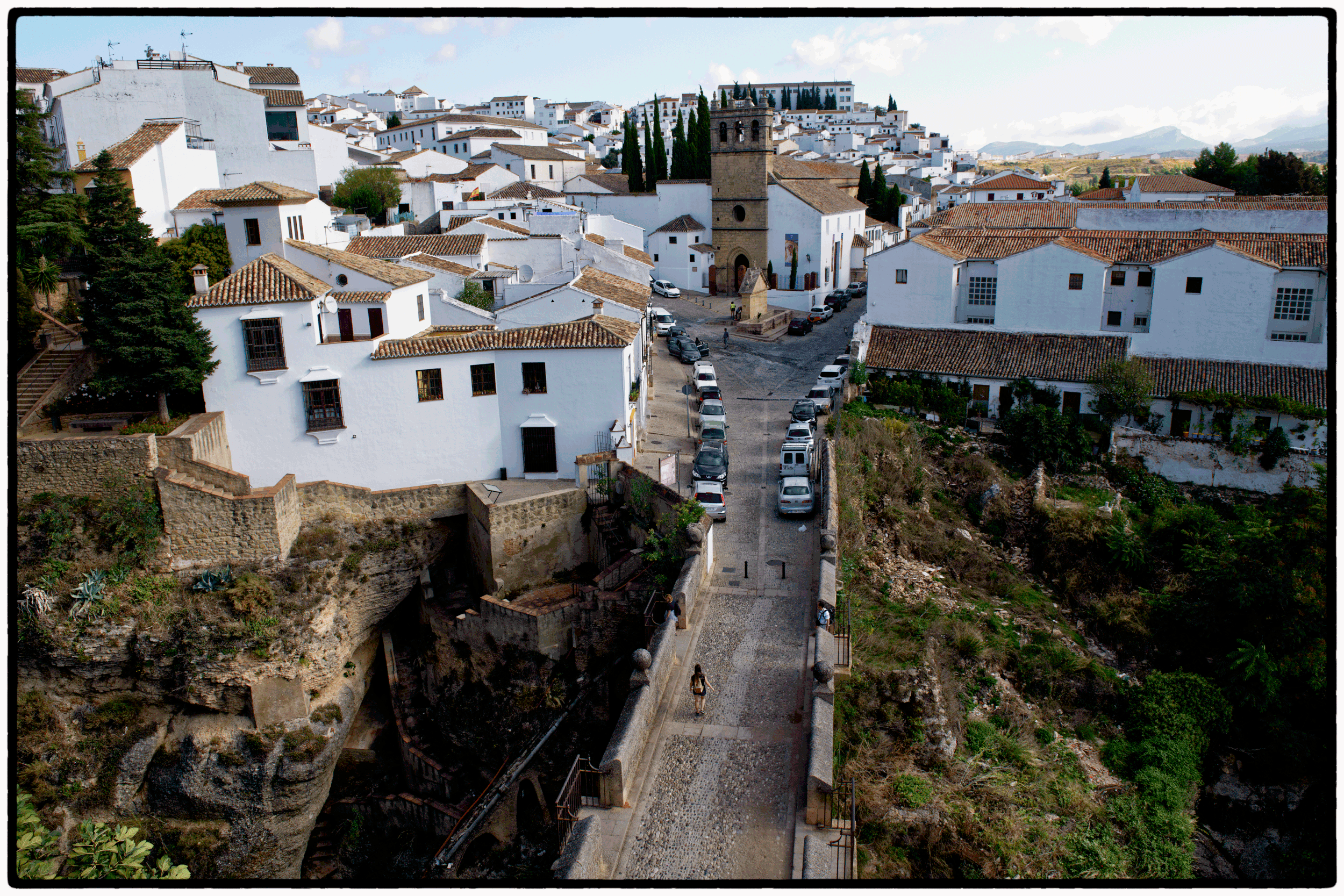
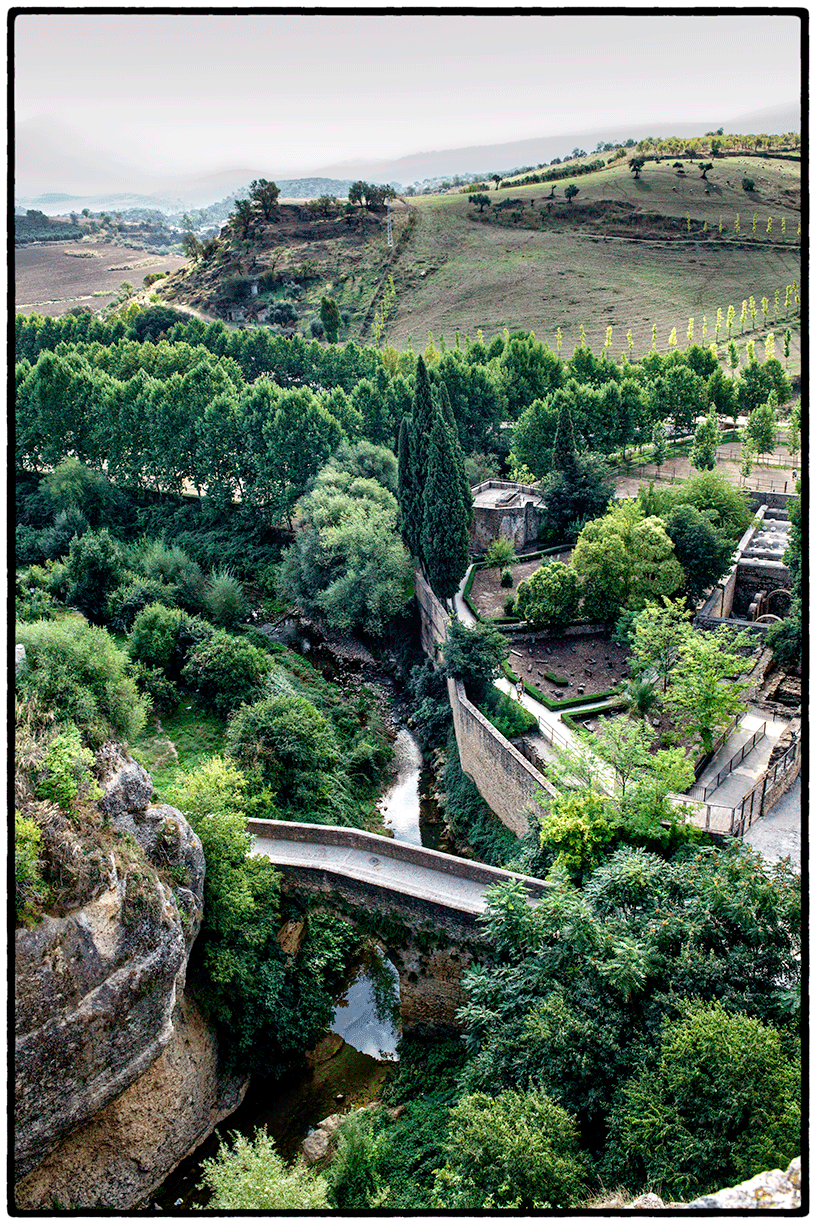
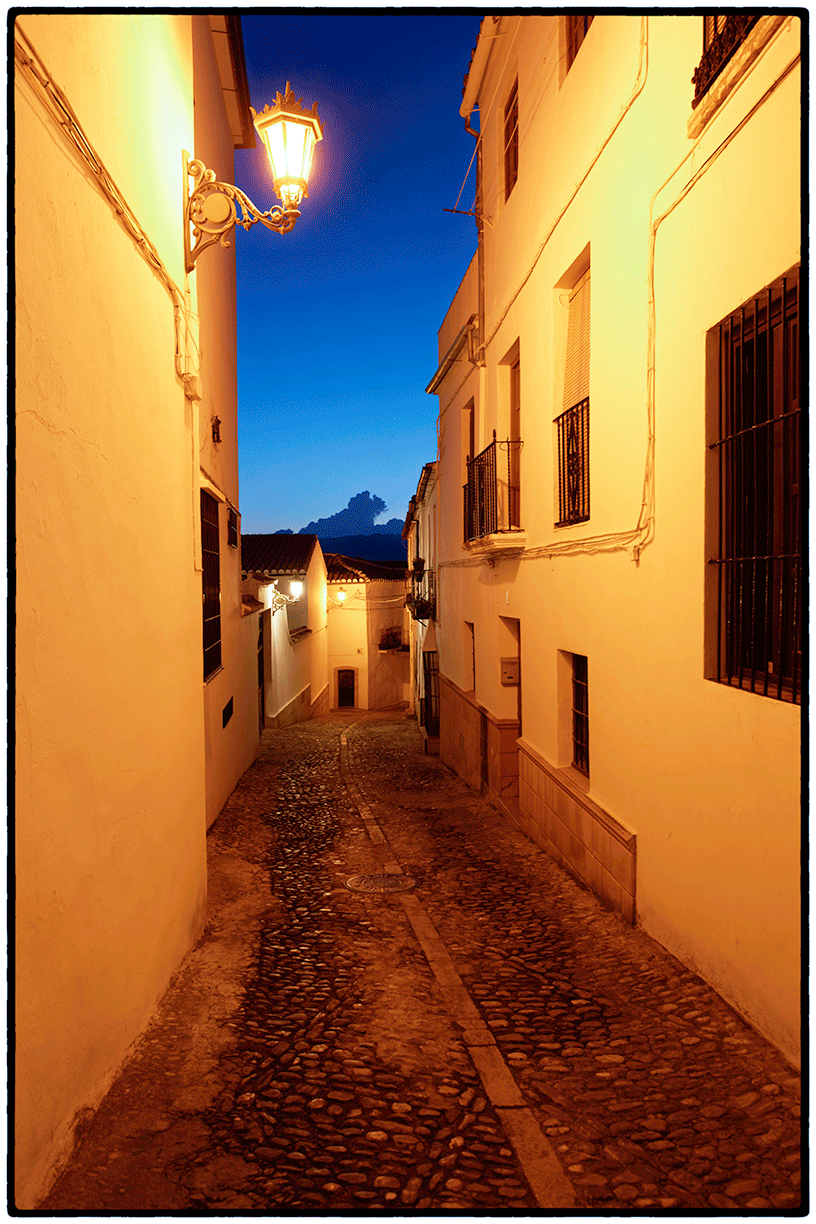
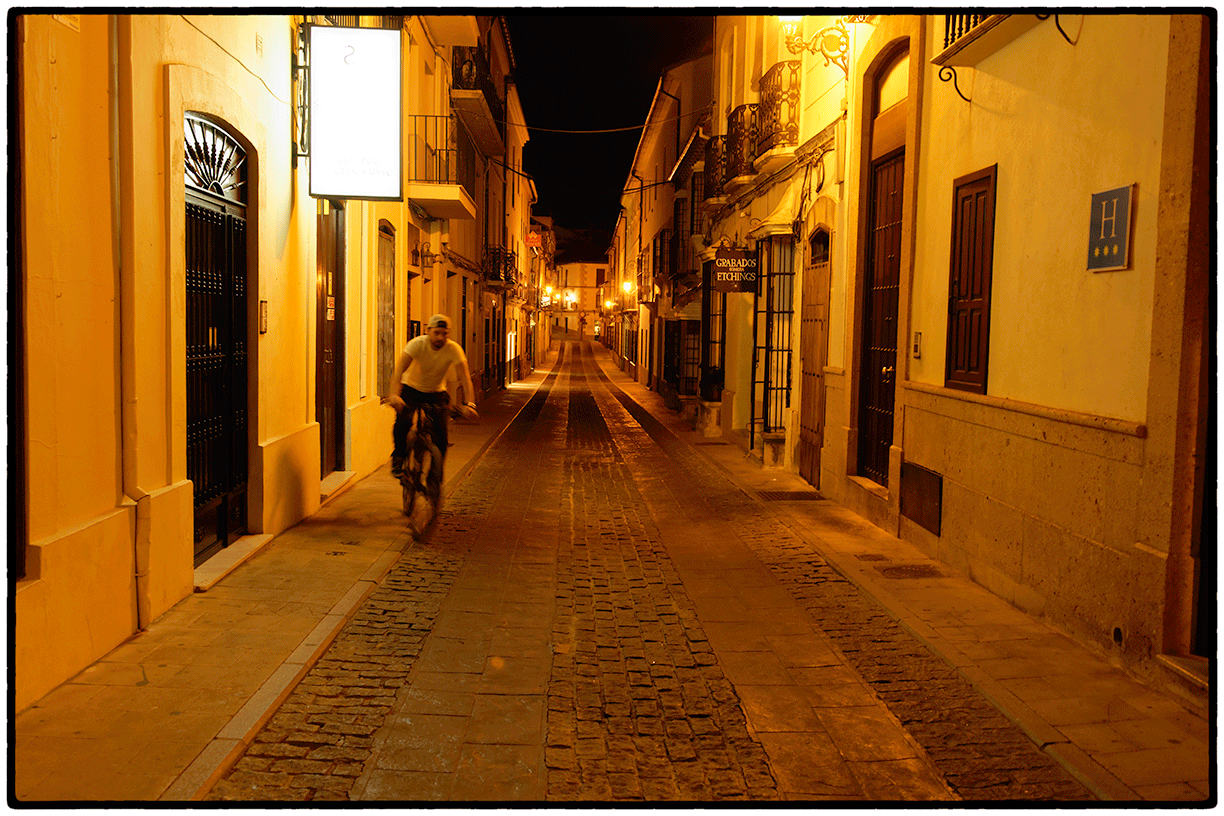
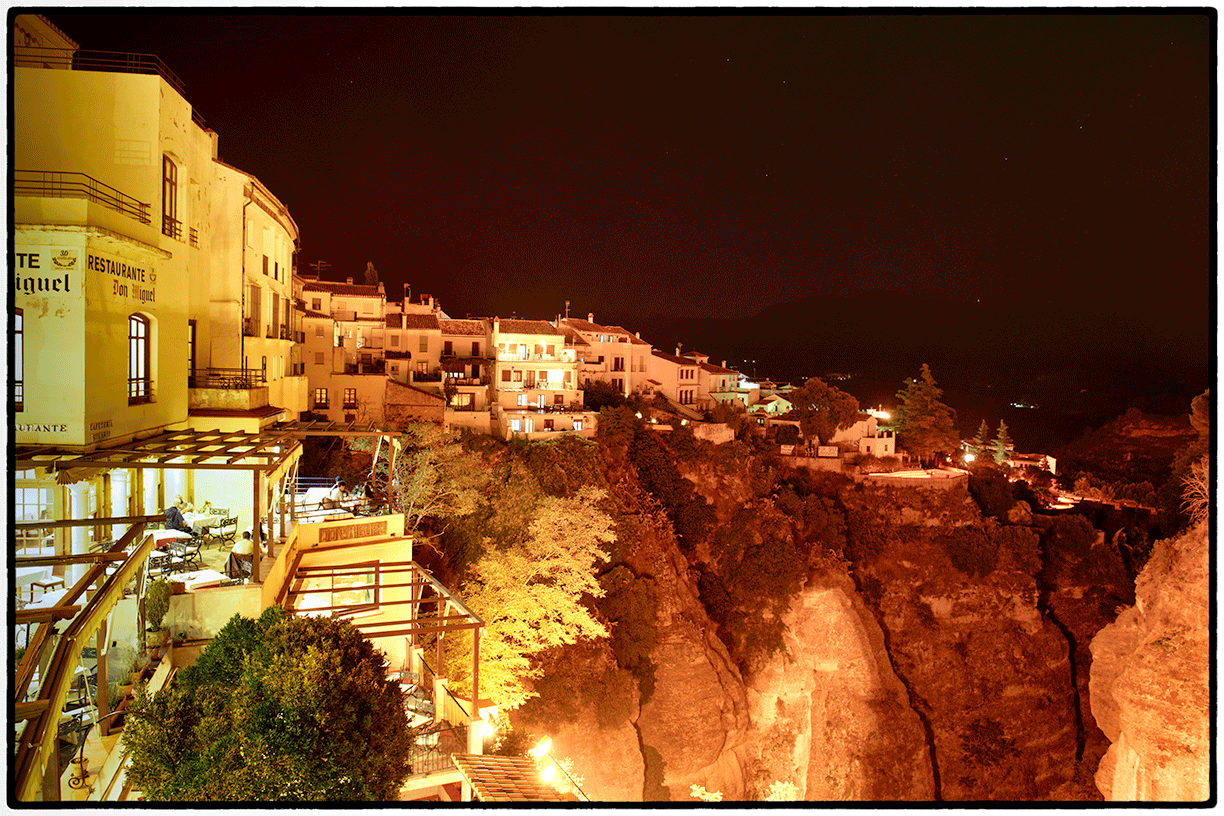

First settled in the sixth century, B.C.,by Phoenicians, Ronda endured the Visigoths, the Berbers, the Muslims, and was the setting for Hemingway’s “For Whom the Bell Tolls.” Orson Welles is buried nearby. Hemingway summered there. We loved every minute.
First settled in the sixth century, B.C.,by Phoenicians, Ronda endured the Visigoths, the Berbers, the Muslims, and was the setting for Hemingway’s “For Whom the Bell Tolls.” Orson Welles is buried nearby. Hemingway summered there. We loved every minute.